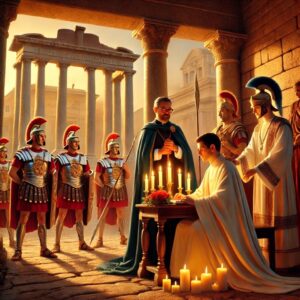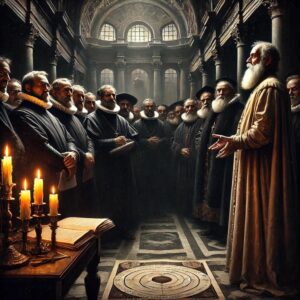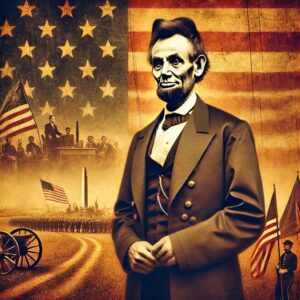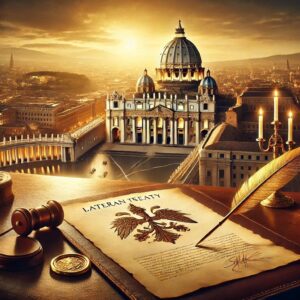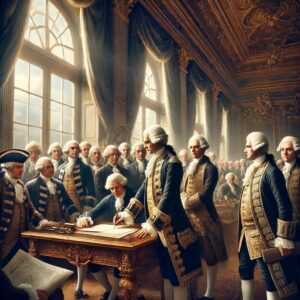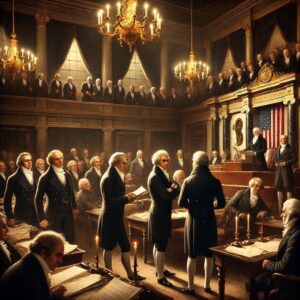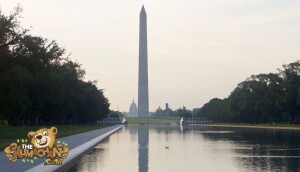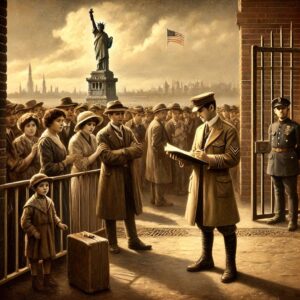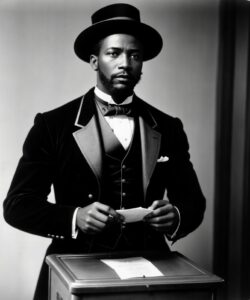1923 was a landmark year in the field of archaeology as British Egyptologist Howard Carter finally unsealed the burial chamber of King Tutankhamun, revealing one of the most well-preserved and intact tombs ever discovered in the Valley of the Kings. This moment was the culmination of years of painstaking work and unrelenting determination, marking one of the greatest discoveries of the 20th century.
The journey to King Tut’s tomb began in 1922 when Carter, funded by Lord Carnarvon, uncovered the entrance to the boy king’s final resting place. After months of careful excavation, the moment of truth arrived on February 16, 1923. As Carter peered through a small opening into the burial chamber, he famously described seeing “wonderful things”—a sight that had remained hidden for over 3,000 years. The tomb was filled with golden artifacts, intricate furniture, statues, chariots, and the legendary sarcophagus of the young pharaoh.
Unlike other tombs that had been plundered over the centuries, King Tut’s burial site was remarkably intact, offering an unprecedented glimpse into ancient Egyptian burial practices and royal life. The artifacts and treasures found within the tomb provided scholars with invaluable insights into the 18th Dynasty and the enigmatic reign of the boy king. From the intricately designed death mask to the jewelry and weapons buried alongside him, each object told a story of a civilization that once thrived along the Nile.
However, the discovery was not without controversy. Reports of the so-called “Curse of the Pharaohs” spread like wildfire after Lord Carnarvon’s sudden death a few months later, fueling speculation that disturbing the tomb had unleashed an ancient curse. While modern science dismisses such claims as superstition, the legend of the curse added a layer of mystery to an already fascinating historical event.
Today, the treasures of King Tut’s tomb continue to captivate the world, traveling through museum exhibitions and shedding light on the splendor of ancient Egypt. Howard Carter’s discovery remains one of the most significant in archaeological history, forever changing our understanding of the past. The moment he unsealed the tomb was not just a breakthrough in Egyptology but a gateway into an ancient world that continues to mesmerize and inspire generations.




